Errordomain=nscocoaerrordomain&errormessage=Could Not Find the Specified Shortcut.&errorcode=4: Try These 7 Fixes to Resolve the Error
Did you encounter the errordomain=nscocoaerrordomain&errormessage=Could Not Find the Specified Shortcut.&errorcode=4 message on your macOS or iOS while trying to locate a specific shortcut? Don’t panic!
You are not alone in facing this error on your device. It could be due to typos, application glitches, compatibility, or permission issues. To fix the error, you can update Safari on Mac, try system restore, reset app preferences, and so on.
In this guide, we are going to discuss everything about this shortcut error, including its causes and troubleshooting methods.
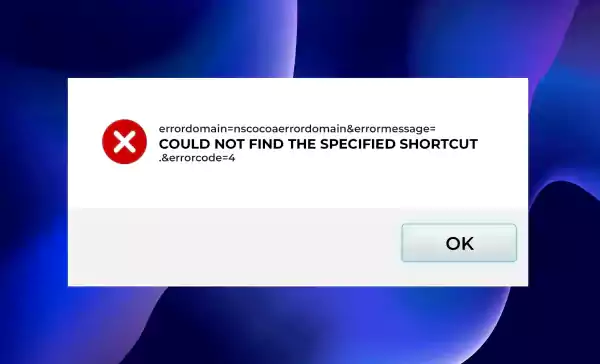
- What is Errordomain=nscocoaerrordomain&errormessage=Could Not Find the Specified Shortcut.&errorcode=4?
- Causes of Errordomain=nscocoaerrordomain&errormessage=Could Not Find the Specified Shortcut.&errorcode=4
- How to Troubleshoot Errordomain=nscocoaerrordomain&errormessage=Could Not Find the Specified Shortcut.&errorcode=4?
- Ways to Prevent Errordomain=nscocoaerrordomain&errormessage=Could Not Find the Specified Shortcut.&errorcode=4
- Conclusion
- FAQs
What is Errordomain=nscocoaerrordomain&errormessage=Could Not Find the Specified Shortcut.&errorcode=4?
The error message “errordomain=nscocoaerrordomain&errormessage=Could Not Find the Specified Shortcut.&errorcode=4” is a part of Apple’s Cocoa error-handling system and indicates that you are having an issue with the Cocoa frameworks in the app. It typically occurs when an application can’t locate a specific shortcut or resources that is requested.
The error message can be broken down as follows to understand in a better way:
- Errordomain=nscocoaerrordomain: It shows the error is inside Apple’s Cocoa framework, which is the base of the Mac application.
- Errormessage=could not find the specified shortcut: It indicates the crux of the matter, i.e., the shortcut you are trying to attempt is not available on the Mac.
- Errorcode=4: It uniquely identifies the specific cause of the error.
In software development, such errors represent a collection of different errors linked to a particular framework, library, or file.
Causes of Errordomain=nscocoaerrordomain&errormessage=Could Not Find the Specified Shortcut.&errorcode=4
Before knowing how to rectify any error, it is necessary to figure out its root causes. The following are some of the possible reasons for this error message:
- You might have specified a corrupt or incorrect shortcut in your app.
- The shortcut that you are trying to perform has been relocated or deleted.
- There can be permission issues that restrict the shortcut.
- The app is not properly installed.
- The attempted shortcut might not be compatible with the iOS or macOS version.
- The app’s preferences are corrupted.
- The error text can also be caused by outdated apps.
Additionally, system updates can be the reason behind the alteration of shortcut configuration. Now that you have identified the most likely causes, let us look more closely at the solutions to this problem.
How to Troubleshoot Errordomain=nscocoaerrordomain&errormessage=Could Not Find the Specified Shortcut.&errorcode=4?
If you have encountered the Cocoa shortcut error, you can try the following effective solutions:
Perform a System Restore
A system restore will return your computer or PC to the previous working state to function properly. While doing this task, it is necessary to keep the charger plugged in during the whole process and connect the system to a stable Wi-Fi. Follow the given steps to system restore your Mac:
- First, restart your Mac and immediately press and hold any of the following key combinations as needed until you see the Apple logo on the screen:
- Command + R
You can use them to reinstall the macOS version you are currently using on your system.
- Option + Command + R
This key combination will help you install the latest macOS version on your system.
- Option + Shift + Command + R
You can use these keys together to reinstall the version of macOS that came with your system initially.
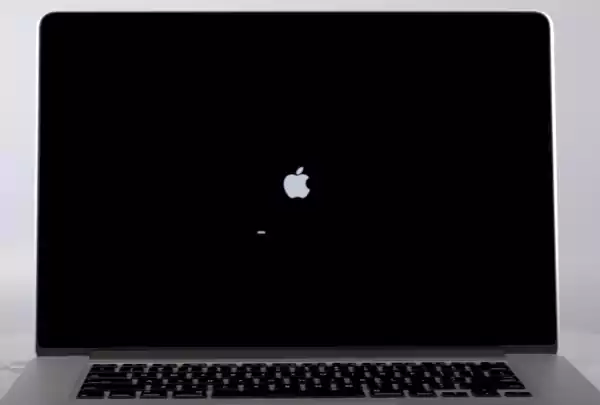
- Command + R
- Then, enter the password for your Mac (if required).
- Now, if you want to erase your disk, select Disk Utility > Continue > erase the data.
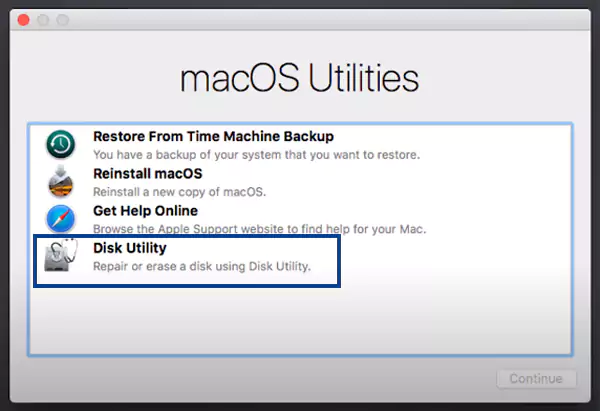
- After that, click on Reinstall macOS/Reinstall macOS Monterey > Continue.
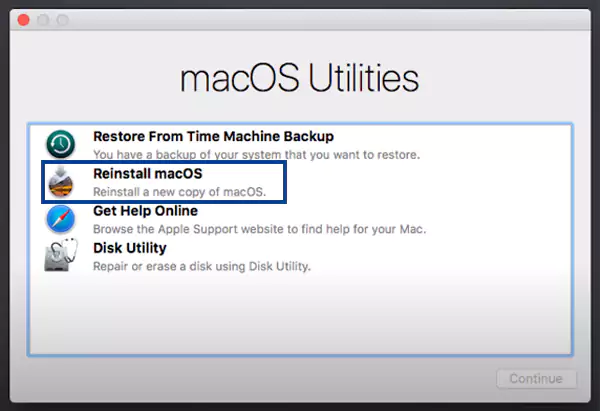
- Next, select the disk where you want to install the update.
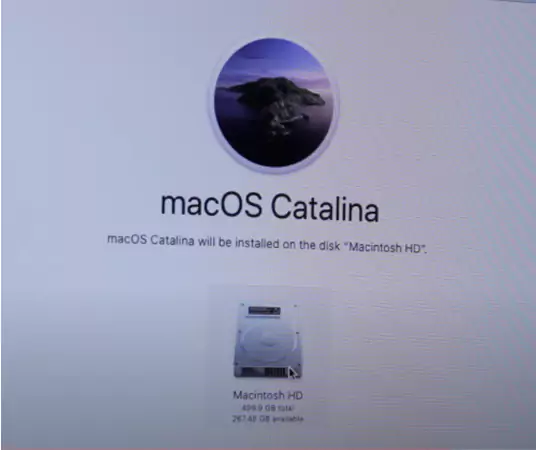
The system will now be restored, and do not worry if your Mac restarts several times during the process.
Restore Deleted Files
You may be seeing this error because of missing or deleted files. In this case, you can use a third-party application to recover the deleted files on your Mac as follows:
- First, install and set up a trusted file recovery tool, such as Recuva or EaseUS Data Recovery Wizard.
- Then, open the app and simply locate and scan the deleted files.
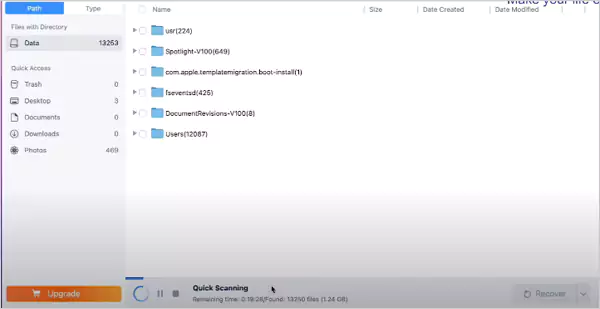
- Finally, you will see all the deleted files including photos, videos, and other documents. Select the required file/s and click on the Recover button.
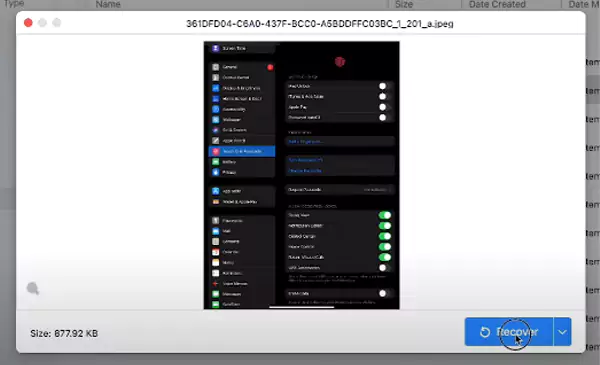
You can use either the free or paid versions of these apps, depending on your needs.
Also Read: Best Ways to Recover Data from Formatted Hard Drive Successfully
Reinstall the Application
You can try to uninstall apps on your Mac that are causing trouble and then reinstall them to fix any missing or corrupted files. Here are the steps to do this:
- First, open Launchpad from the Applications folder or click it in the Dock.
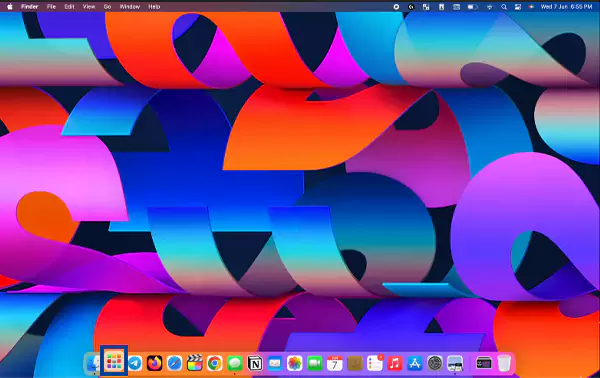
- Next, press and hold the Option key until the apps start jiggling, and then search for the app that you want to uninstall.
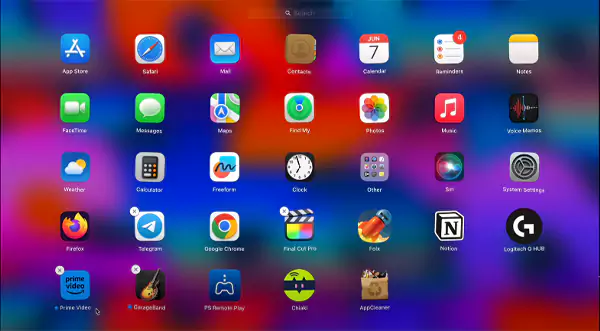
- Click the Delete icon (cross sign) next to the apps, then select Delete to confirm.
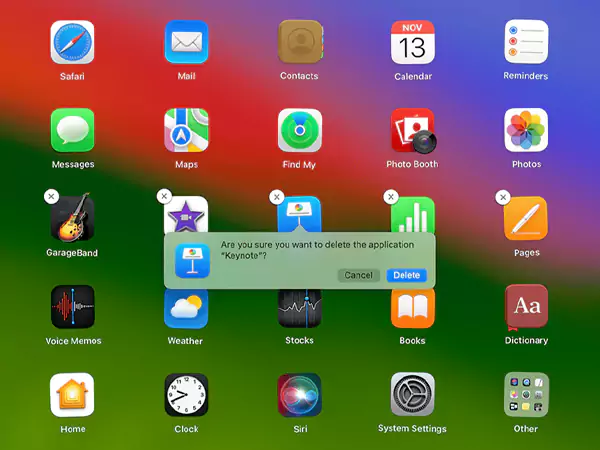
- After that, visit the App Store and reinstall the app’s latest version.
Now, open the app and try again to perform the shortcut to see if the error is fixed.
Fix Broken Registry Keys
Another solution that you can try is fixing the broken or corrupt registry keys that might be creating the trouble. For this, you can use a third-party cleaner tool as follows:
- First, download and install a reliable registry cleaner tool, such as Wise Registry Cleaner or CCleaner.
- After that, launch and set up the tool.
- Next, perform a registry scan to find out the issue.
- Finally, run the cleaner to finish the process and fix the broken keys.
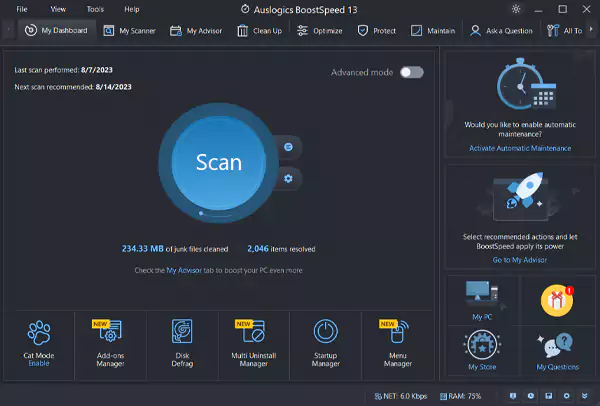
It may take some time for the scanning and optimization process to complete, so please do not leave the page.
Also Read: Top Mac Hard Drive Problems and Solutions
Update the System Software
The Cocoa shortcut error may be caused by an older macOS version on your system. Learn how to update the system software:
- First, click on the Apple icon from the top-left corner of your screen to open a drop-down menu.
- Now, either select About This Mac or System Preferences from the list.
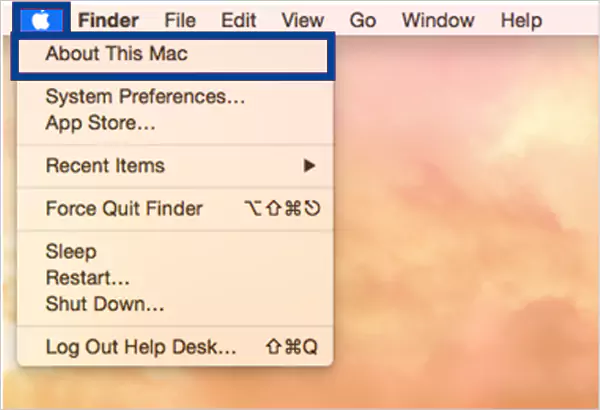
- Next, locate the Software Update option and click on it.
- If an update is available, install it on your device by selecting the Update Now or Upgrade Now button.
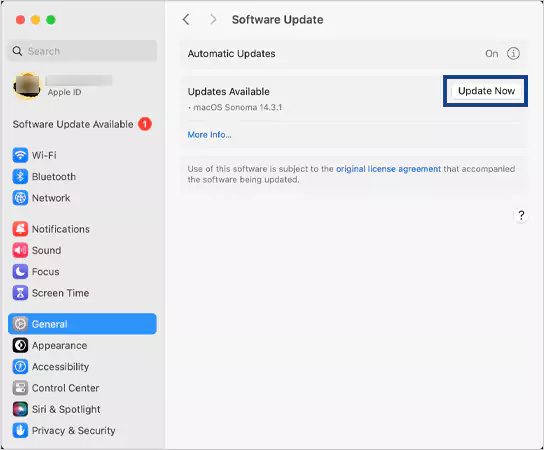
Here, you can also hit the ‘Automatically keep my Mac up to date’ checkbox so that you don’t have to manually install the update whenever it is available. You should also update the system applications regularly, which you can do through the app store or the developer’s website.
Also Read: Stuck on Update Requested on iPhone? Try These 9 Working Tips to Fix the Error
Reset App Preferences
Some changes in the app can be the reason behind the error text. In this case, follow the given steps to set the app to its default settings and check whether the issue has been solved:
- First, open Finder and click on the Go > Go to Folder… option.
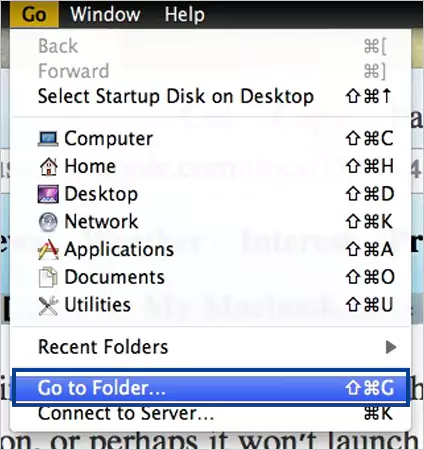
- Next, scroll down and click on the Preferences folder, or directly type ~/Library/Preferences in the search bar and click on Go.
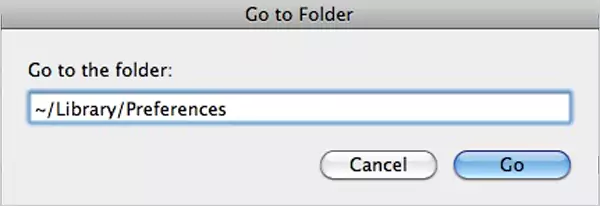
- Here, you can see a bunch of preferences. Locate the required app-related file in the list, which is usually ‘com.company.appname.plist’.
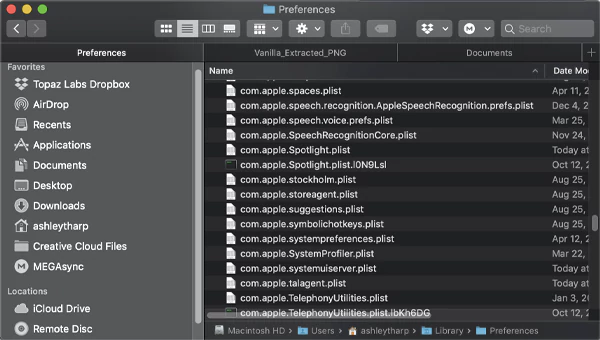
- Finally, right-click the required ‘.plist files’ and select Move to Trash.
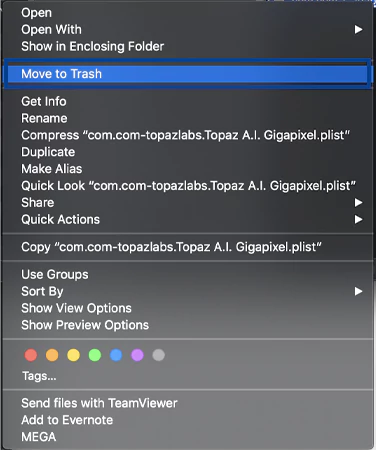
Later, you can empty your system’s trash and then simply reopen the app with its default settings.
Use Reliable Antivirus Programs
To keep your system protected from external threats and attacks, you should:
- Download and install a reliable antivirus program on your system.
- Then, run a full system scan to detect any malware or virus to eliminate the possible threats.
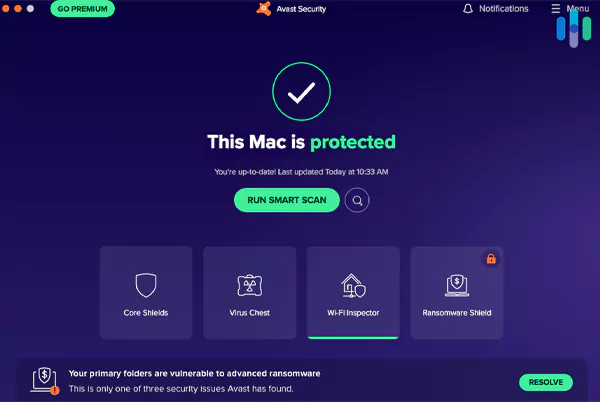
It is suggested to regularly scan your system and update the antivirus software. Outro
By performing these troubleshooting measures, you can easily fix the error message and apply the shortcut without any hurdle.
Ways to Prevent Errordomain=nscocoaerrordomain&errormessage=Could Not Find the Specified Shortcut.&errorcode=4
There are some preventions stated below that you can try to avoid the error message on your Mac while applying a shortcut:
- Try to regularly update your operating system and various installed applications to improve their performance and keep them bug-free.
- Install a reliable antivirus program on your device.
- Always keep your system free from malware and junk files.
- Regularly back up your data to avoid data loss in unforeseen conditions.
Additionally, you should also try to break down the complex shortcuts into smaller ones to reduce the possibility of error.
Conclusion
Errordomain=nscocoaerrordomain&errormessage=Could Not Find the Specified Shortcut.&errorcode=4 can be annoying and restrict your work, but you can eliminate it by knowing its causes, solutions, and prevention techniques that we have mentioned above.
In case, you are still facing the issue, it is suggested to seek professional assistance.
Read Next: 11 Ways to Fix Zoom Error Code10004 for Uninterrupted Video Conferences
FAQs
Ans: This error message indicates that the system is unable to locate the requested shortcut due to some reasons.
Ans: Yes, the error message can occur in both macOS and iOS as it is related to Cocoa frameworks.
Ans: Data corruption, permission issues, compatibility issues, or incorrect shortcut configuration can lead to this error.
Sources:
